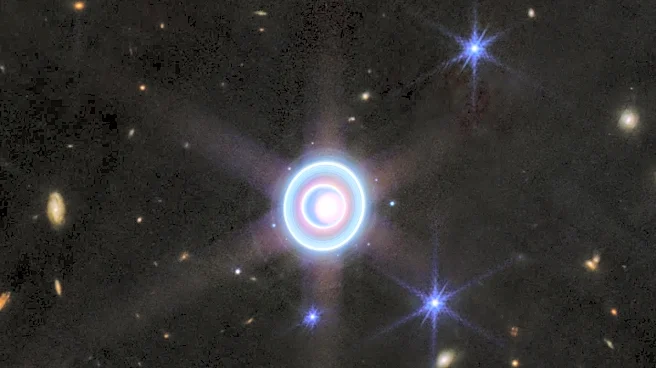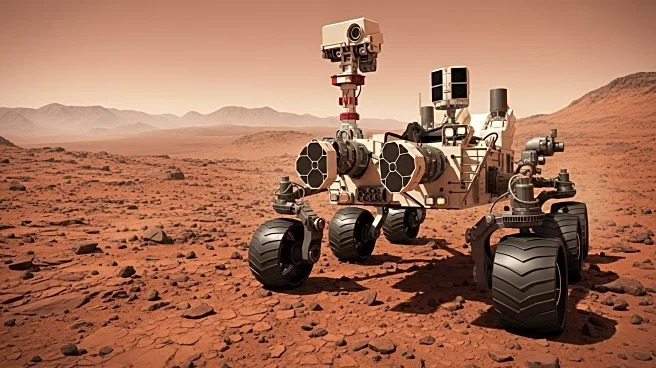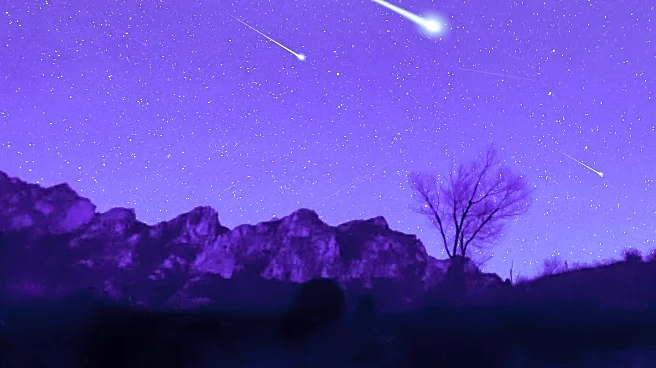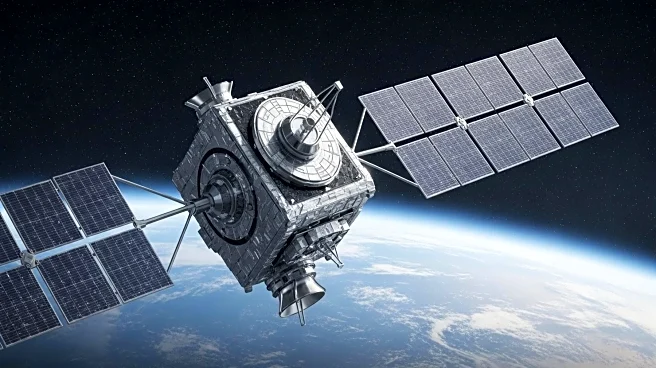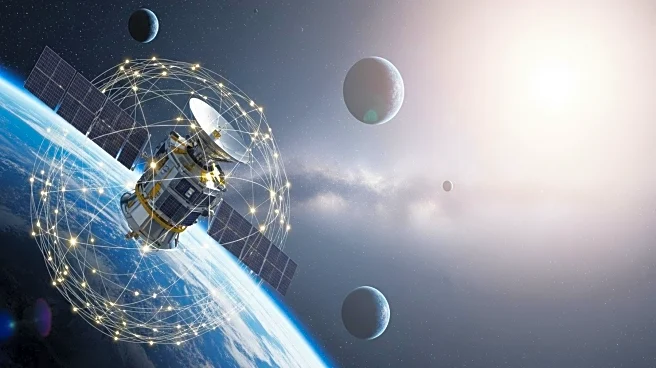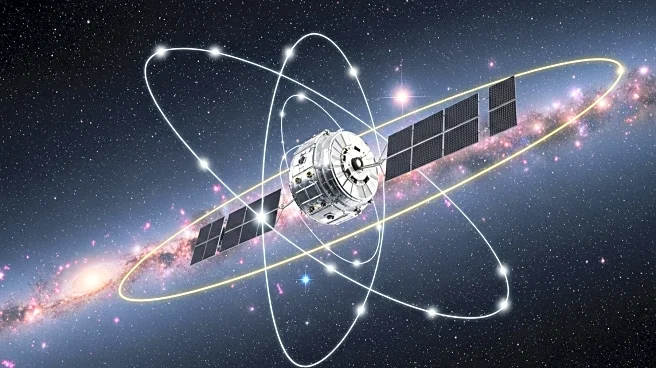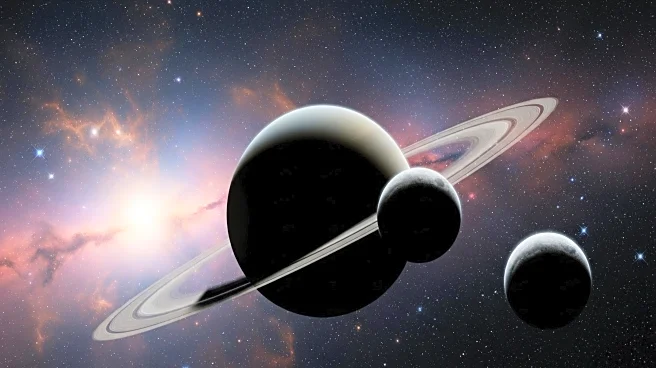What's Happening?
NASA has announced that three consecutive supermoons will be visible in the night sky, starting with the 'Harvest Moon' on October 6. A supermoon occurs when the full moon is at its closest point to Earth, known as perigee, making it appear larger and brighter. The subsequent supermoons, the 'Beaver Moon' and the 'Cold Moon,' will occur on November 5 and December 4, respectively. These events are expected to captivate both amateur stargazers and professional astronomers. The gravitational pull during these supermoons can also affect ocean tides, leading to higher than usual spring tides.
Why It's Important?
The occurrence of supermoons provides a unique opportunity for scientific observation and public engagement with astronomy. These celestial events can enhance public interest in space and science, potentially inspiring educational initiatives and community events. Additionally, the gravitational effects on tides could have implications for coastal regions, necessitating awareness and preparedness for potential flooding. The visibility of these supermoons across the U.S. offers a shared experience that can foster a sense of wonder and curiosity about the natural world.
What's Next?
As the supermoons approach, astronomers and enthusiasts are likely to organize viewing events and educational programs to maximize public engagement. Coastal communities may monitor tide levels closely to mitigate any adverse effects. The media and scientific community will likely provide coverage and analysis of the supermoons' impact on tides and other natural phenomena. This series of supermoons could also lead to increased interest in future astronomical events.

